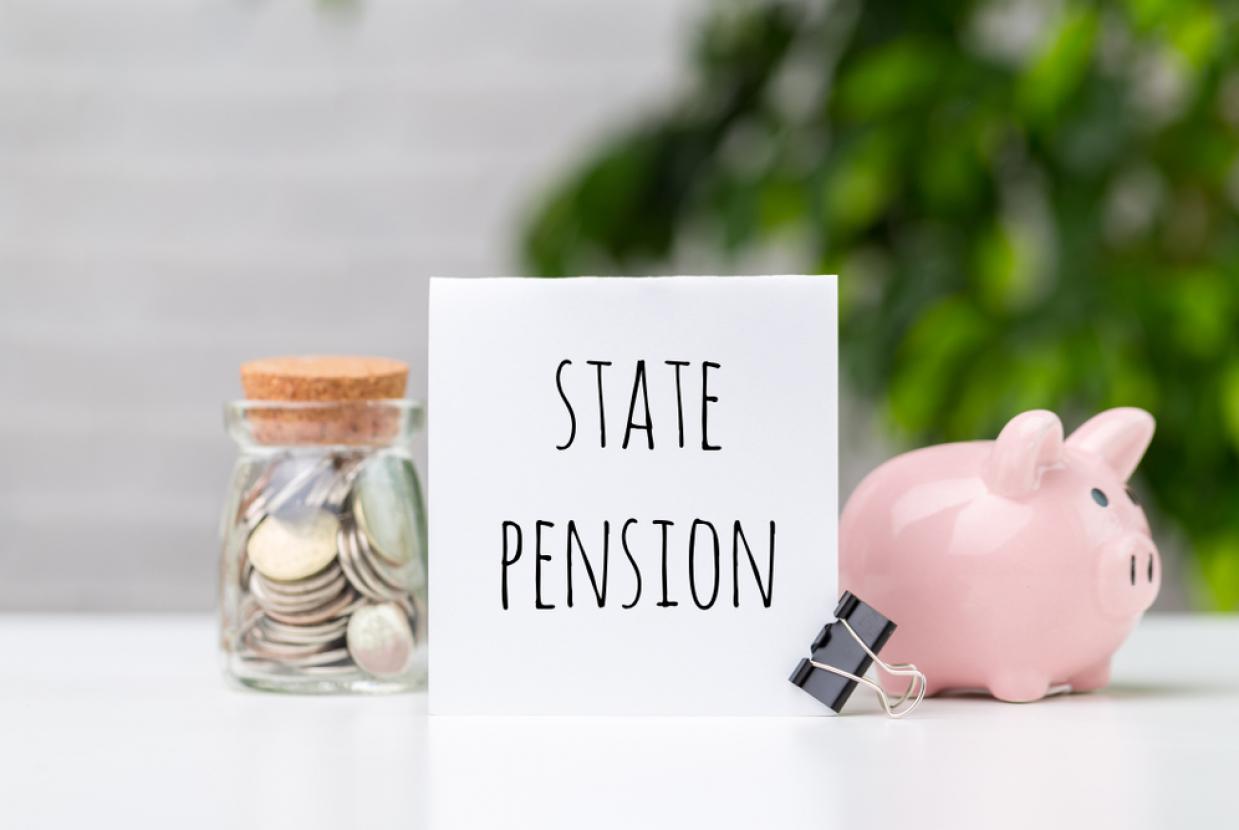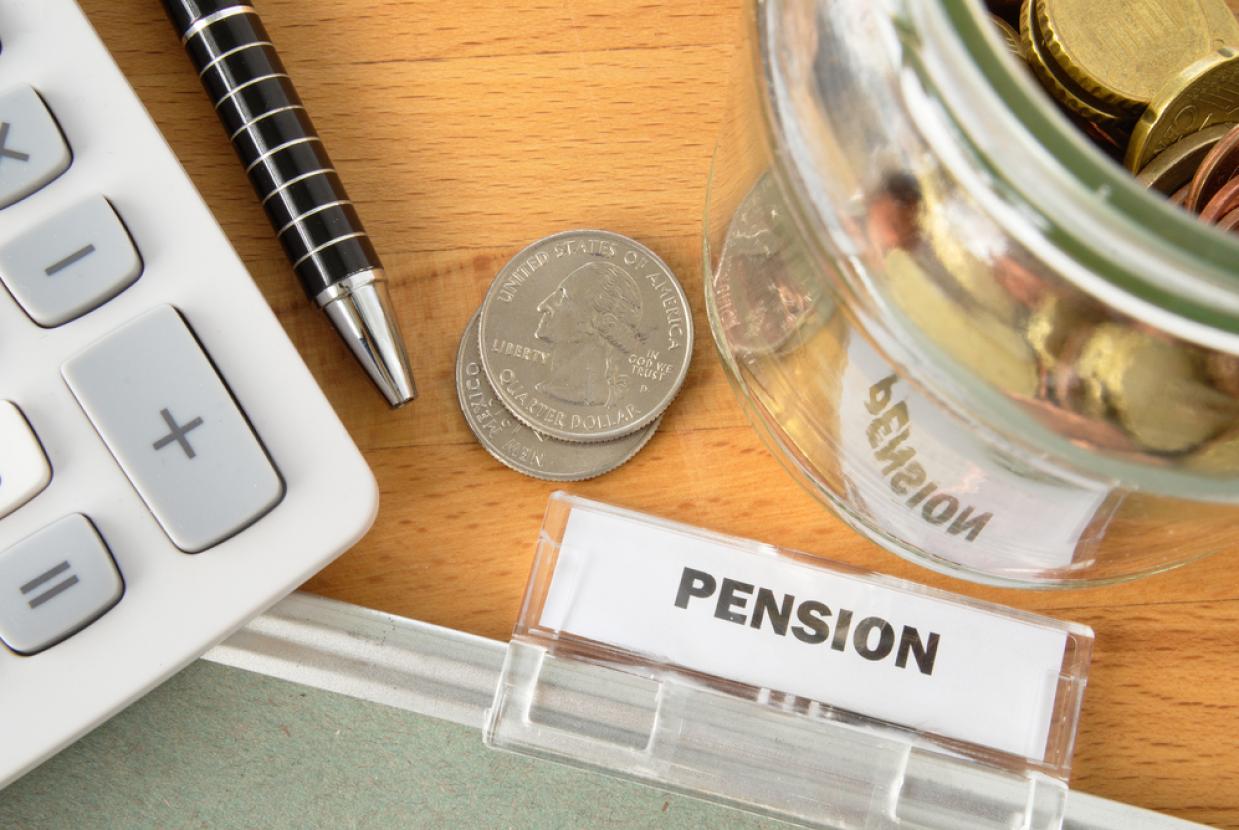State Pension
The State Pension is regular money you can claim from the government to help when you retire. Find out how much State Pension you’ll get, the age you can claim and how to apply.
What is the State Pension?
The State Pension is designed to give you a regular retirement income from the government, even if you have other income or pensions.
After you’ve claimed it, it’s usually paid every four weeks, rather than the same date each month.
When can I claim my State Pension?
You can claim the State Pension after you reach a certain age, which varies depending on when you were born.
You can quickly check your State Pension age on GOV.UK but here’s a guide.
Your date of birth | When you can usually claim your State Pension |
6 October 1954 to 5 April 1960 | Your 66th birthday |
6 April 1960 to 5 April 1977 | Between age 66 and 67 – a set date depending on your date of birth |
6 April 1977 to 5 April 1978 | Between age 67 and 68 – a set date depending on your date of birth |
After 6 April 1978 | Your 68th birthday |
You can currently take a private pension, including some workplace pensions, from age 55 (increasing to age 57 from April 2028).
This means you might choose to retire before you can claim your State Pension. Equally, you can still claim your State Pension and carry on working.
How much is the State Pension?
How much you’ll get in your State Pension depends on how many years you’ve made National Insurance contributions. These are called qualifying years.
When you reach State Pension age you usually need at least:
- 35 years of qualifying contributions to get the full amount (currently £230.25 a week), and
- ten qualifying years to get anything (currently £65.79 a week).
You’ll get an amount in between if you have 11 to 34 years of qualifying contributions.
Qualifying National Insurance contributions are usually made:
- by your employer, including an amount deducted from your wages
- as part of your Self-Assessment tax return if you’re self-employed
- using National Insurance credits if you receive certain benefits like Child Benefit, Universal Credit and Jobseeker’s Allowance.
You can also pay for voluntary National Insurance contributions to fill any gaps in your record and boost the amount you’ll get.
If you were contracted out of the Additional State Pension before April 2016
You might need more than 35 years of qualifying National Insurance contributions to get the full State Pension if you were:
- working before April 2016 with a workplace or personal pension, and
- ‘contracted out’ of the Additional State Pension (called ‘SERPS’).
This meant you and your employer paid less National Insurance to the government, often as some of the money was paid into your workplace or personal pension instead.
See Contracted out of the Additional State Pension on GOV.UK for more information, including how to check if you were contracted out.
If you reached State Pension age before April 2016
Your State Pension is calculated differently if you reached State Pension age before 6 April 2016, as you’ll claim the old State Pension with two parts. See GOV.UK for more information on the:
- Basic State Pension
- Additional State Pension – including if you were contracted out.
Check how much State Pension you’re likely to get
You can check your State Pension forecast on GOV.UK
This will show you:
- how much State Pension you’re on track to get
- ways to increase it if you’re unlikely to get the maximum, and
- when you can claim your State Pension.
You can also apply by post or call the Future Pension Centre helpline to get a copy of your forecast, provided you won’t reach State Pension age within 30 days.
Ways to increase your State Pension
If your State Pension forecast shows you might not qualify for the full amount, there are a few things you could do:
- Check if you can claim free National Insurance credits on GOV.UK. For example, if you’re an unpaid carer or looking for work. Some claims can be backdated.
- Consider paying for voluntary National Insurance contributions to fill any gaps in your record. See our guide Increase your State Pension with voluntary National Insurance contributions for more information.
- When you reach State Pension age, apply for Pension Credit to top up your income. See our guide Pension Credit for more information.
You can also boost the amount you get by delaying your claim for State Pension, even if you qualify for the full amount.
How to claim your State Pension
Your State Pension isn’t paid automatically. Here are the steps to claim it:
- You should receive a letter around four months before you reach your State Pension age with an invitation code.If you haven’t received it three months before you turn State Pension age, or you’ve lost it, you can request an invitation code on GOV.UK
- Use your invitation code to apply, depending on where you live. There’s no time limit for you to apply.
If you live: | Apply for your State Pension: |
In England, Scotland or Wales | Online: Get your State Pension on GOV.UK By phone or post: Contact the Pension Service |
In Northern Ireland | Online: Get your State Pension on nidirect By phone or post: Contact the Northern Ireland Pension Centre |
Outside the UK | By email or phone: Contact the International Pension Centre By post: Complete the International State Pension claim form |
Tax on your State Pension
You don’t need to make National Insurance contributions after you reach State Pension age, but you’ll pay Income Tax if you earn more than your Personal Allowance. The standard Personal Allowance is £12,570 for the 2025/26 tax year.
Your State Pension will be paid to you without tax taken off. Instead, your tax code will usually be changed so you’ll pay any extra tax you owe from your other income – like your wages or another pension.
If you’re self-employed or have a different type of income, like from renting out a property, you’ll likely need to fill in a Self Assessment tax return.
Your State Pension will go up every year
Your weekly State Pension amount increases in April each year, based on a system known as the triple lock. This means the increase matches one of three percentages, with the government choosing the highest of:
- how much general costs have risen by (inflation), based on the previous September’s Consumer Price Index (CPI)
- the average increase in wages between May and July of the previous year, or
- 2.5%.
This applies to most State Pension payments, but there are two exceptions. These increase in line with CPI instead:
- Additional State Pension – part of the old State Pension you might get if you reached pension age before 6 April 2016.
- Any extra amount if you decided to delay (defer) taking your State Pension.
What happens to your State Pension when you die
Your State Pension payments will generally stop when you die. But your spouse or civil partner might be able to inherit some of your State Pension.
You can use the State Pension and your partner tool on GOV.UK to check if you qualify.





























